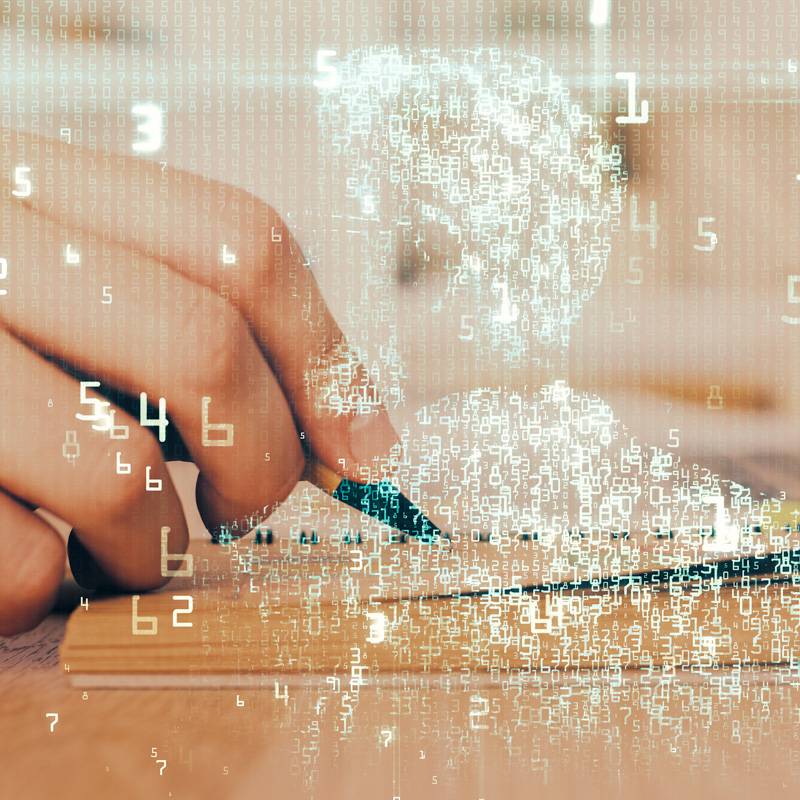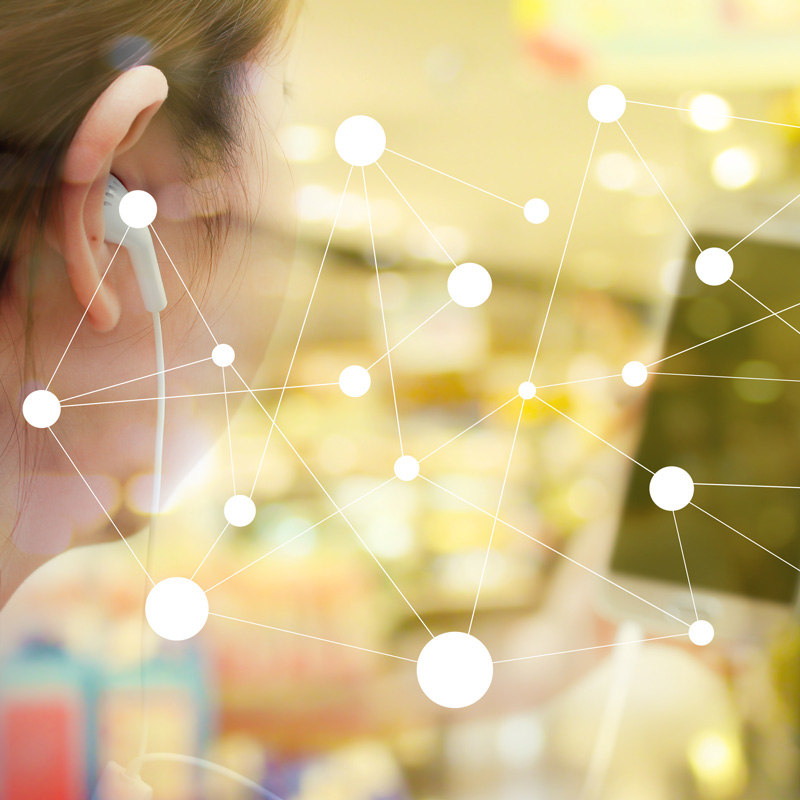Implementation of Blockchain, AI, Machine Learning and IoT in Education: An Innovative and Operational Project
Our project successfully integrated advanced technologies such as blockchain, artificial intelligence (AI), machine learning and the Internet of Things (IoT) into the education system, Radically transforming the way learning data and experiences are handled. This initiative is now fully operational and has brought many benefits, although not without some challenges.
Blockchain in Education

We have adopted blockchain as a secure and decentralized platform for educational data management. Academic records, certificates and student results are now stored in a transparent and inviolable manner, drastically reducing the risk of fraud. The ability to track and store individual learning experiences has made it possible to develop highly personalised learning paths for each student. In addition, we have introduced a tokenization system that rewards the merit of students and educators, encouraging continuous progress.
Despite the many advantages, the adoption of blockchain has also led to some difficulties. The management of high energy consumption and problems related to network scalability were two critical aspects, addressed with targeted technical solutions. In addition, the complexity of implementation has required a significant training effort for educational institutions, some of which have had difficulty managing this new technology. Data privacy concerns, especially for sensitive data, have been addressed with the introduction of advanced protection solutions.
AI and Machine Learning
In our project, artificial intelligence has become a key ally for personalized learning. Using AI and machine learning, we have created tailor-made educational experiences, tailoring content and assessments to individual student learning styles. In addition, administrative tasks have been automated, allowing educators to devote more time to teaching and direct support. Virtual tutors and early intervention, based on AI algorithms, have made it possible to offer targeted support to students, significantly improving their results.
However, the adoption of AI has raised some issues, such as initial costs for implementation and concerns about student data privacy. We also had to face the risk of algorithmic bias, working to ensure that algorithms are fair and impartial. Another challenge was managing the balance between the use of AI and human interaction, as excessive reliance on technology risks reducing students’ critical thinking and socializing abilities.

IoT in Education

The Internet of Things (IoT) has transformed resource management and interaction between students, educators and administrators. IoT devices enable the collection of real-time data on student performance, facilitating a more efficient management of resources and improving security in educational facilities. In addition, thanks to advanced connectivity, the IoT has made distance learning much more interactive and accessible, improving the overall educational experience.
However, the implementation of IoT has led to some difficulties, especially regarding data security and privacy concerns. Managing the infrastructure needed to support a robust IoT network has required considerable investment, and integrating with existing education systems has proven complex. In addition, the digital divide has been a challenge, with some institutions struggling to provide equal access to IoT technologies for all students.
Conclusions
Overall, our project demonstrated how the integration of blockchain, AI, machine learning and IoT can revolutionize the education sector by improving efficiency, transparency and the learning experience. Although there are challenges, particularly regarding privacy, security and costs, the implemented solutions are already bringing significant benefits to students and educators. We will continue to monitor and optimize these technologies to ensure an increasingly innovative, inclusive and safe educational environment.
